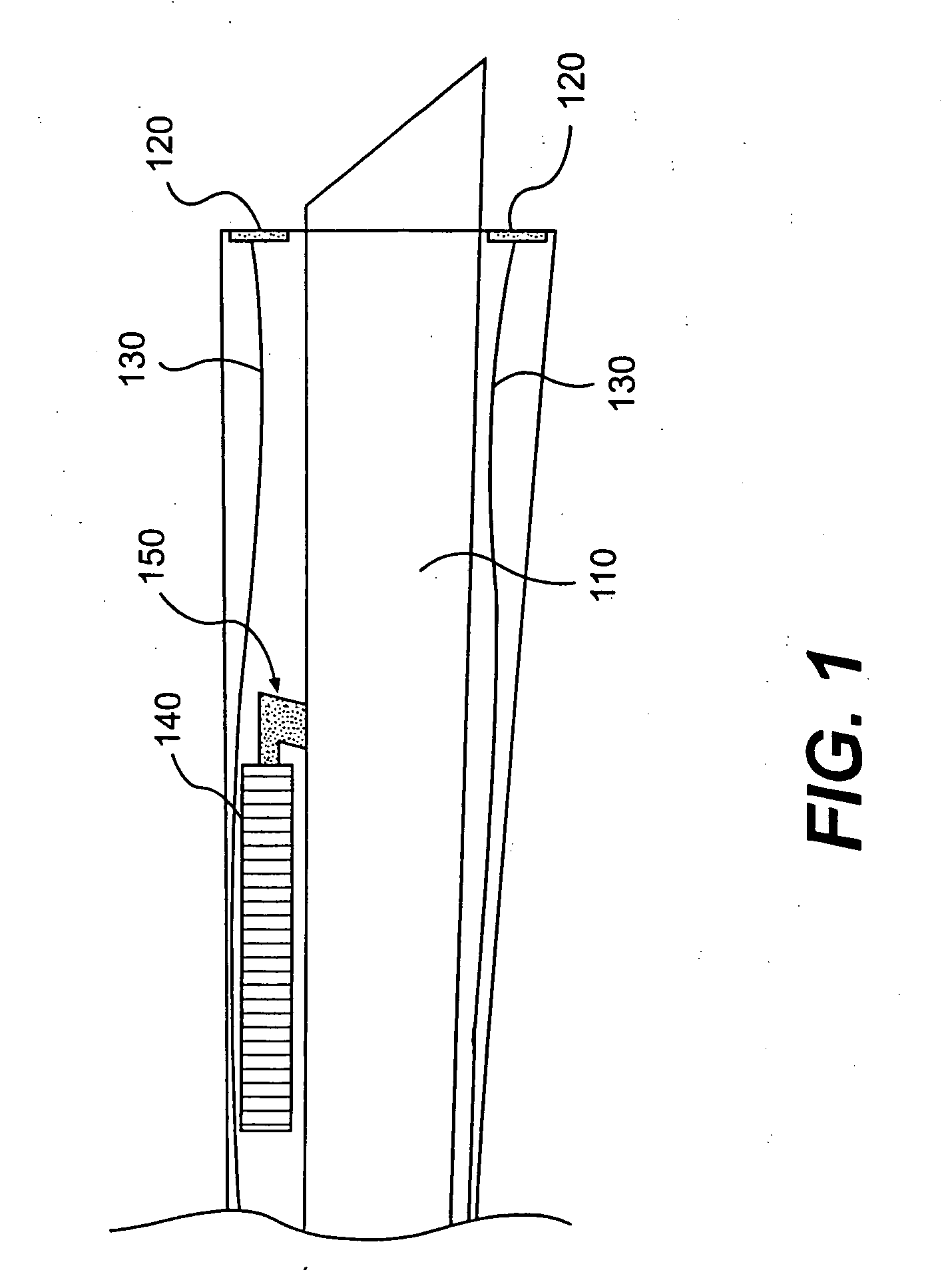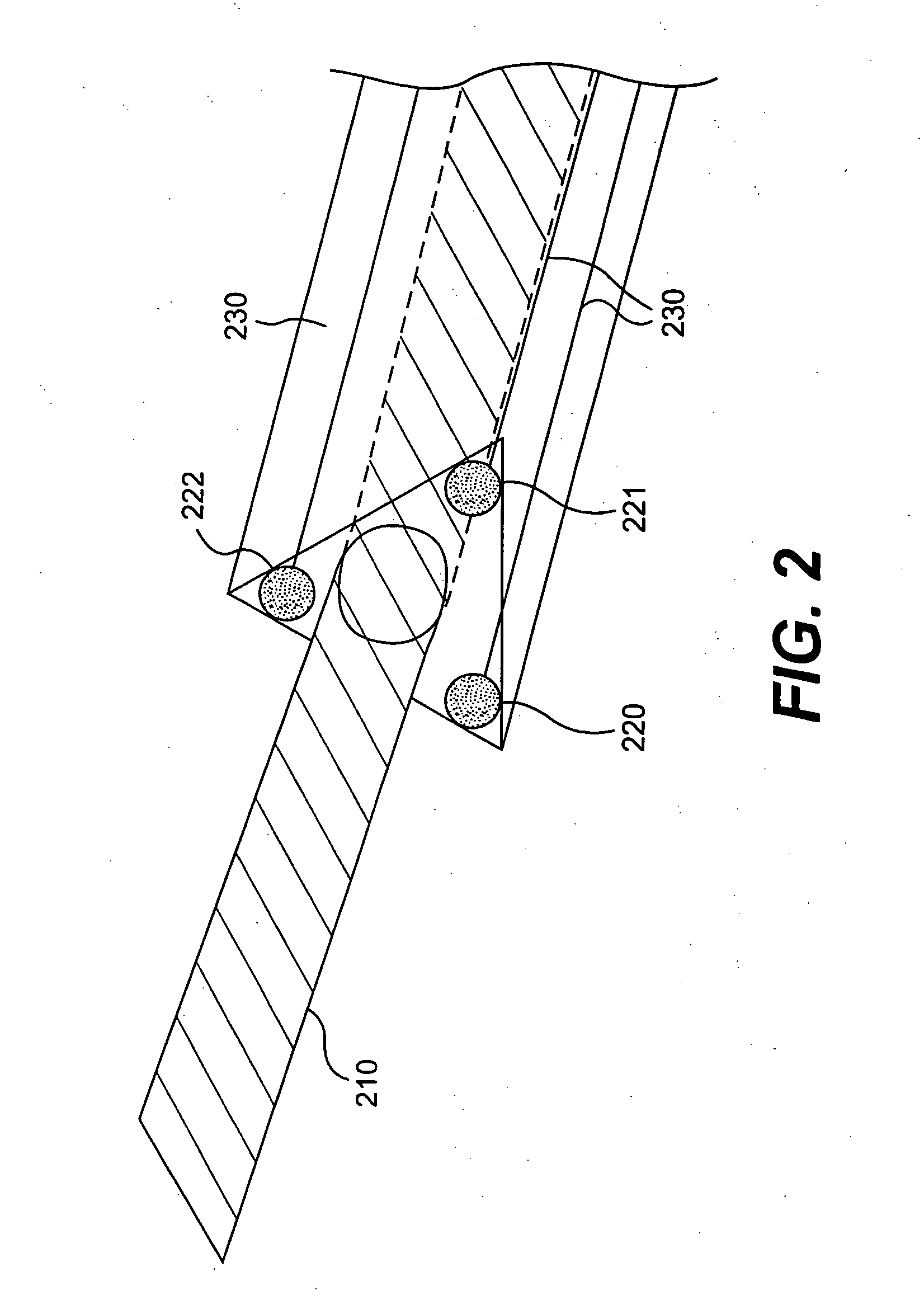Myogenic cell transfer catheter and method
a technology of myogenic cells and catheters, which is applied in the field of myogenic cell transfer catheters and methods, can solve the problems of no good tool and procedure for implanting large numbers of cells, the need to implant very high numbers of cells, and the inability to repair and augment tissues
- Summary
- Abstract
- Description
- Claims
- Application Information
AI Technical Summary
Benefits of technology
Problems solved by technology
Method used
Image
Examples
Embodiment Construction
[0018] The inventor overcame the problem of delivering large numbers of cells to appropriate (degenerative and / or weak) locations in a moving heart with new automated catheters that automatically deliver large amounts of cells via locational targeting, optional controlled injection depth and timing to damaged sites of a heart. An automated catheter according to the invention has an electrode-feedback system that detects damaged tissue on, for example, heart muscle and automatically and rapidly injects large quantities of myogenic cells into the detected tissue in real time. That is, the catheter system detects a suitable site at virtually the same time as it implants cells to improve that site, thus overcoming the severe problem that the heart is moving during the procedure. In preferred embodiments the catheter tip has a needle that is triggered to protrude by a defined distance that is long enough to safely inject cells into the myocardial tissue but not too long as to puncture th...
PUM
 Login to View More
Login to View More Abstract
Description
Claims
Application Information
 Login to View More
Login to View More - R&D
- Intellectual Property
- Life Sciences
- Materials
- Tech Scout
- Unparalleled Data Quality
- Higher Quality Content
- 60% Fewer Hallucinations
Browse by: Latest US Patents, China's latest patents, Technical Efficacy Thesaurus, Application Domain, Technology Topic, Popular Technical Reports.
© 2025 PatSnap. All rights reserved.Legal|Privacy policy|Modern Slavery Act Transparency Statement|Sitemap|About US| Contact US: help@patsnap.com



